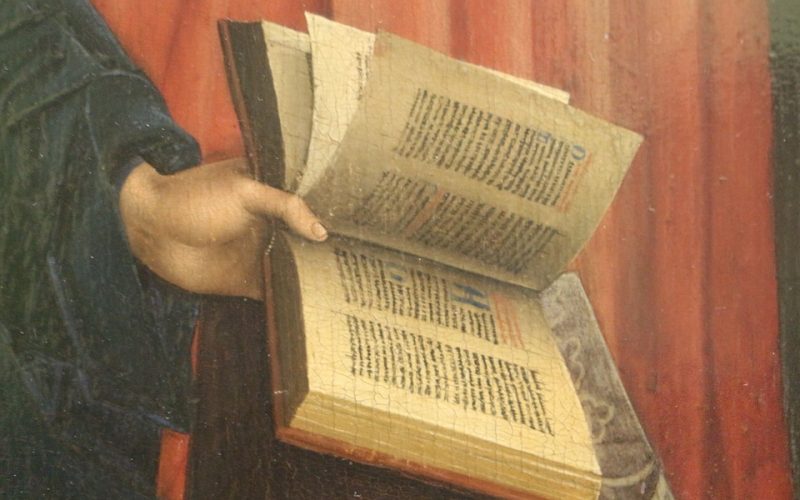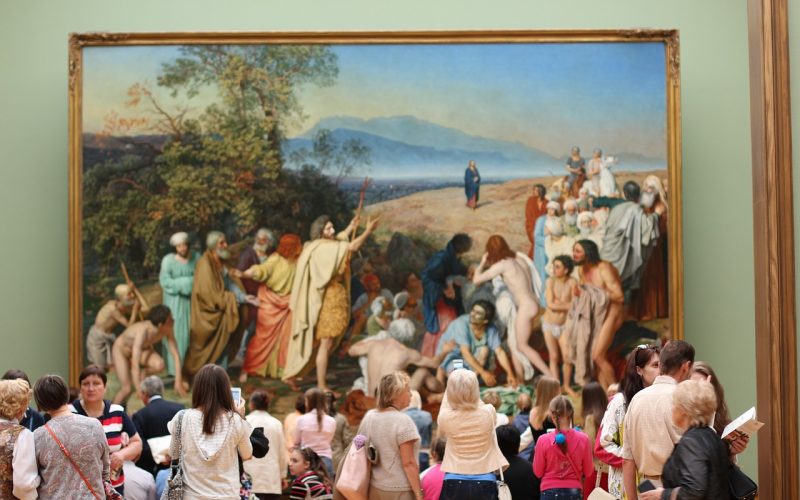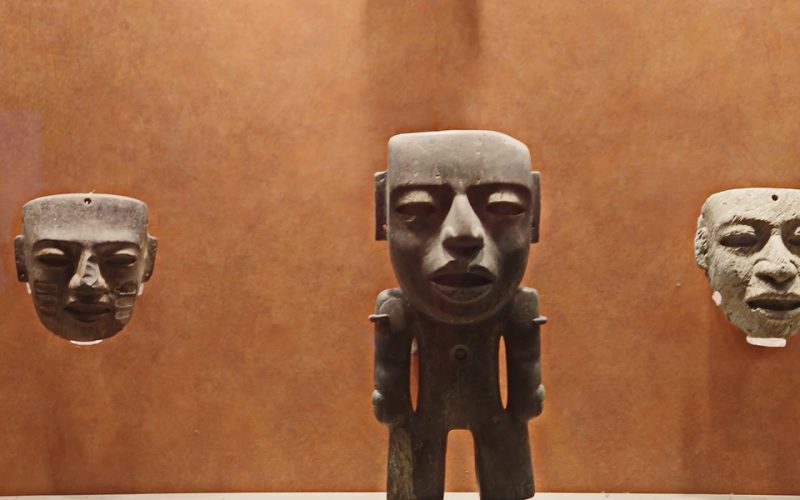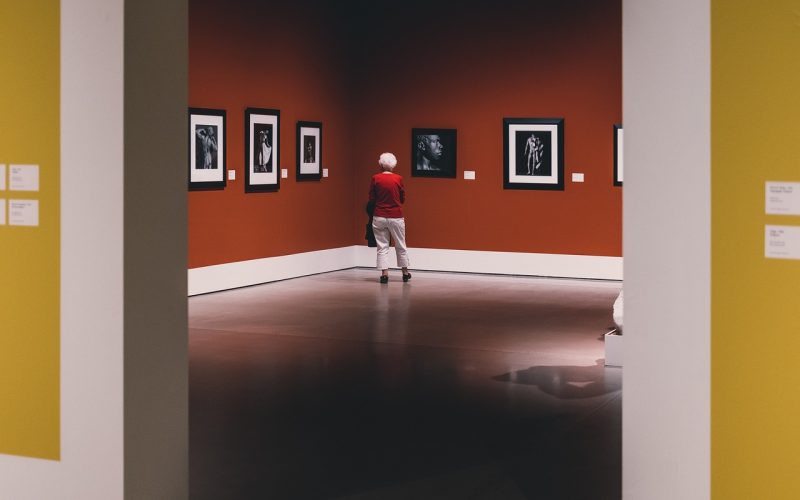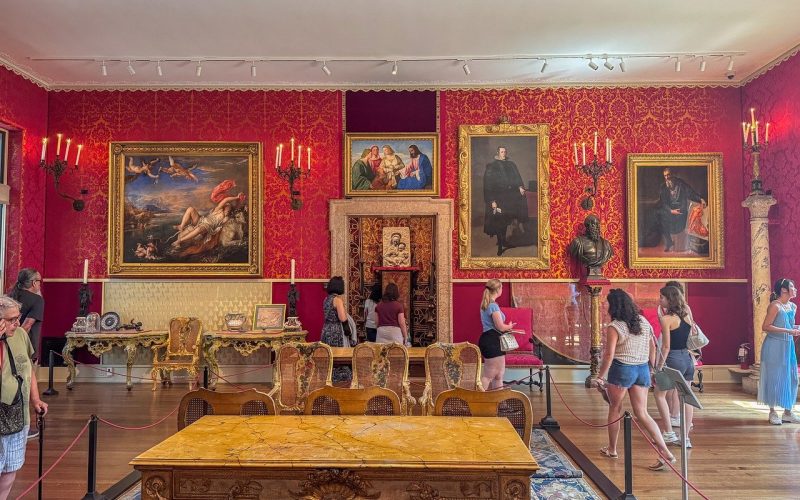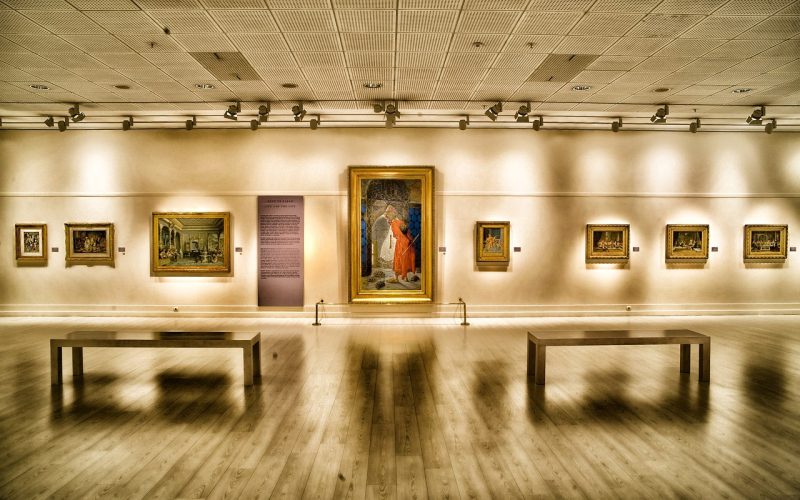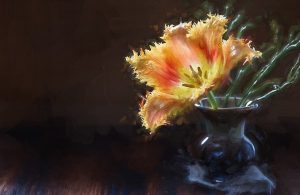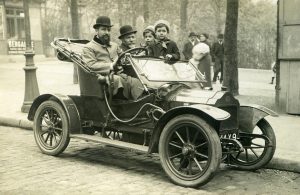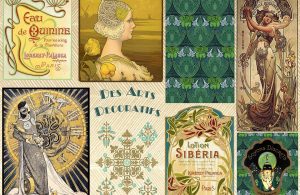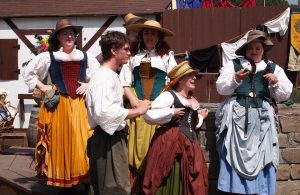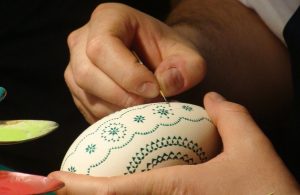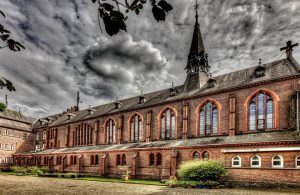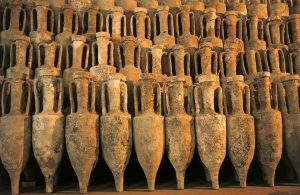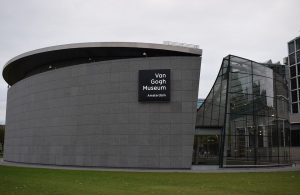Art of the Old Masters
The end of the Middle Ages signified a series of major changes in the world of art. The European painters of the time added new elements as advanced techniques were taught areas such as perspective, coloration and movement. Artists of the time were often educated in a variety of disciplines to round out their education. This allowed them to have a wider view of mankind and this is reflected in the works they created. Their paintings gave viewers a more realistic look at the world.
Realism requires perspective in representing people and objects within a painting. Before the Renaissance, the most important figure in a painting was always the largest. It did not matter if this person was in the foreground or background. The addition of perspective to paintings signified a major break with the past. Religious figures were suddenly portrayed to be the correct size dependent upon their place within the painting. Other figures were also depicted in correct proportions to show their location.
Color had been part of painting for centuries before the Renaissance, but it was enhanced by the artists of the time. They chose a broader base of pigments and enriched them for bolder colors, and backgrounds and shadows became more emphatic than ever before. This was done to highlight the central figure or theme of the painting. It had a major impact on the emotional content and realism of the paintings of the time.
One of the truly important new elements added to the paintings of the Old Masters was the concept of movement. The majority of figures in previous centuries had been painted as stills and showed little or no movement at all. Body proportions and musculature became an integral part of paintings as artists sought to create works true to real life. The movement of figures within a painted scene emphasized the realistic motion of the human body.
